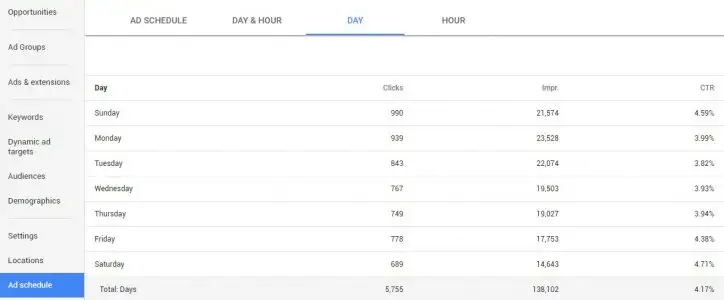In a time when buzzwords like “machine learning” and “big data” seem to have become the norm, a lot of regular business owners and marketers are probably starting to feel a bit left out. Understandably so – not everyone employs data scientists and mathematics geniuses from Ivy League universities. So here are 5 simple, but extremely effective steps you can take to improve your campaigns based on the data available to you.
All websites have “big data”
You just need to know where to look for the treasure trove of data that’s available to you. The website visitor tracking platform – most businesses use Google Analytics – is often a good starting point for all marketers. If you advertise, then you can access a whole lot of additional data from your ad platform. If you use a CRM or email marketing service, those too are sources of customer data. And don’t forget your social media profiles – Twitter, Facebook, Instagram, and LinkedIn provide businesses a lot of data insights for free.
Motivations for analysis may vary. Some users have a particular goal in mind, such as reducing advertising campaign costs. Others may want to identify what message resonates best with their target audience. New businesses might even use data to identify who exactly is their target audience. The suggestions here work for all sizes of business and can be applied across a range of objectives.
Step 1: Learn to segment your data
Any market research expert will tell you that the first and most important step is to segment your market and identify what your target is. This holds especially true when working with large volumes of data. Segmenting data is simply the process of dividing your data into smaller chunks by grouping it based on certain characteristics. This allows you to focus on smaller groups and isolate specific characteristics. For example, you could analyse purchasing behaviour for all visitors from outside your country, or you could compare engagement rates for all posts that use a certain word against posts that don’t use that word – both examples need you to start by segmenting your data to isolate users based on those characteristics.
When deciding how to segment your data, ask yourself specific questions about your campaigns that you’d like answered. Broad questions are best avoided – they tend to lead to overly simplified answers, which won’t give you any insight. A good data segmentation question will not be easily answered by merely looking at a summary of your campaign performance. These questions will typically give you clues on how to segment your data. Here are some good and bad examples:
- Do women share and engage with my content more than men? ✔️
- Is “Free Shipping” driving more sales of my product? ✔️
- How much money did I spend on AdWords last month? ❌
- Are my customers making purchases after midnight? ✔️
- Have I got more Likes on Facebook or Followers on Twitter? ❌
- Which keywords wasted my budget in the last 6 months? ✔️
From the above examples that were marked with a tick, you can quickly see how you may begin segmenting your data…
- Do women share and engage with my content more than men? – Segment by gender
- Is “Free Shipping” driving more sales of my product? – Segment users that were offered free shipping
- Are my customers making purchases after midnight? – Segment based on time of day
- Which keywords wasted my budget in the last 6 months? – Segment based on keywords and the date range
How to segment big data
If you’re looking at AdWords performance, you can segment based on time, network, device, location, and even based on user demographics in the new version.
On Analytics, you can segment data based on an even wider range of factors by using the built-in custom segments feature.
With data from social media, you may be limited by the options each network offers, but even so, avoid working at the very top level and instead drill down to find more meaningful answers.
The next article in this series will talk about analysing performance using big data.

![5 Simple Ways Regular Marketers Can Use Big Data [Step 1]](https://www.accuracast.com/wp-content/webp-express/webp-images/doc-root/wp-content/uploads/2017/06/data-analyst.jpg.webp)









